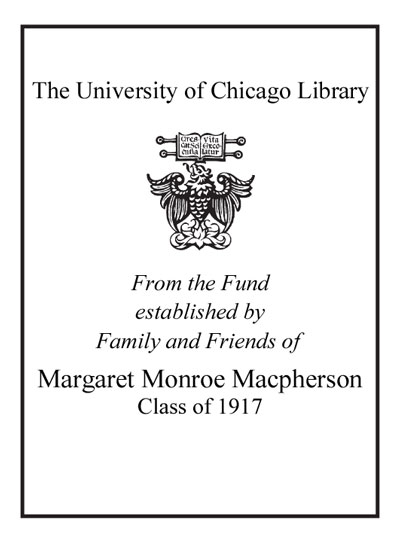Review by Choice Review
Last semester in this reviewer's American Indian History class, a student announced that his tribe was seeking recognition from the Bureau of Indian Affairs (BIA). Immediately, another quipped that the tribe's action was pointless as long as the Republicans controlled the executive and legislative branches. The process may not be quite that simple, and now, thanks to Miller's book, the reader knows just how convoluted, complex, and agonizingly ethnocentric the process can be. Miller (Ouachita Baptist Univ.) provides insight into the machinations and bureaucracy of "unrecognized" tribes' quests for acknowledgment by the federal government. To illustrate the process and demonstrate that what applies to one group does not necessarily hold for another, Miller focuses on the Pascua Yaquis, the Timbisha Shoshones, the United Houma Nation, and the Tigua Pueblo. What could be overwhelming and uninteresting bureaucratic, political, and petty personal minutiae is handled very well by Miller's insight, concise writing, and chapter organization. Unlike the BIA, Miller never loses sight that human beings, not history, are being evaluated in the process. Perhaps the BIA has found an exception to Thomas Paine's assertion that a government of their own is among their natural rights. ^BSumming Up: Highly recommended. All levels/libraries. L. Graves South Plains College
Copyright American Library Association, used with permission.
Review by Choice Review

